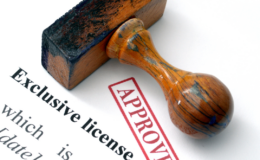If you’re applying for a loan, you may have heard the term collateral tossed around. In simple terms, collateral is a borrower’s pledge of physical property to a lender to secure the repayment of a loan. Collateral serves as the lender’s protection against the borrower defaulting on the loan, and it can be used to offset the loan if the borrower fails to pay under the terms of the lending agreement.
What is collateral in finance?
Collateral is any asset offered as security for a loan, and the collateral is seized if the borrower is unable to pay back the loan. Depending on what type of loan you are requesting, the asset being borrowed is usually put up collateral, such as when purchasing a car. When you buy a car, you take out a loan for the vehicle, and if you cannot repay the loan, then the vehicle is seized.
However, if the asset being borrowed isn’t the collateral, collateral can always be real estate, heirlooms of monetary value, or other vehicles you may own. The most common collateral is real estate, such as a home or parcel of land. This is because these properties come with a high value and a low depreciation, but it can also be risky.
Another common method of collateral is cash-secured loans. Cash-secured loans are simple. If an individual takes a loan from the bank where they have active accounts and defaults on their loan, the bank can liquidate their accounts to repay the borrowed money.
When it comes to borrowing money, you will likely have to put up some collateral for the loan. Oftentimes, the collateral for the loan tends to be the asset you are purchasing, such as in the case of a car or house. However, that isn’t always the case. Other methods of financial collateral include real estate, family heirlooms, and even cash security.






